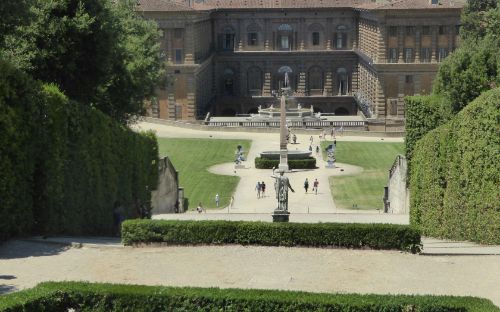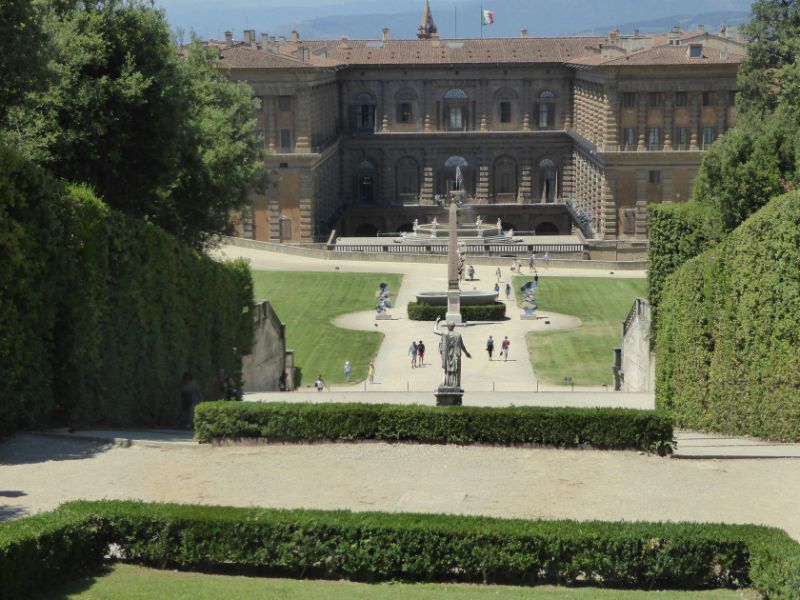Boboli Gardens and its collection
Located directly behind the Pitti Palace, the Boboli Gardens are a fascinating open-air museum with a collection of sculptures ranging from the 16th to 18th centuries. The gardens were designed for Eleonora di Toledo, the wife of Cosimo I de' Medici, who chose the Pitti Palace as their new residence. The sculptures were added in the 17th century and the gardens continued to be enlargened until the 19th century. The highlights include the Amphitheatre with statues inspired by Roman myths. The Egyptian obelisk was brought from Luxor here and erected in 1789. Neptune's Fountain is located above the amphitheater.
Nature & Natural History Garden & Park

